As cash-strapped shoppers turn to own label, brands are innovating to win them back. But danger lurks for those who fail to pitch their NPD astutely
Britain’s biggest brands could be in danger of losing their way. Several have been straying off the map, adding innovations way outside their wheelhouse. And this exploration into unknown categories has led to some high-profile disasters.
Take Heinz. The ambient giant turned its Beanz into a chilled houmous range as part of its ongoing ‘Beanz Liberation’ strategy. The chilled dip lasted less than a year after struggling to make a dent in retail.
Then there are Innocent’s dairy-free milks. Launched in 2018 as the alt-milk category was gaining momentum, they were discontinued last year because they “didn’t see the success we had hoped for”.
Brands can even get off track with extensions closer to home. Coca-Cola Signature Mixers – a quartet of posh mixers for dark spirits – and Chicago Town’s foray beyond frozen pizza are just two examples. Neither captured shoppers’ imaginations.
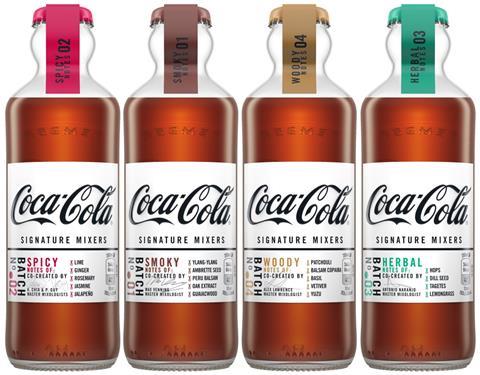
All these examples fuel the argument that grocery’s biggest brands should focus on their core to recoup sales. Of the 100 in our ranking, 71 have this year failed to grow volumes as shoppers trade down to save cash.
So, should brands simply stick to what they know? Or can the right brand extensions be a powerful tool? And if so, what’s the secret to making them stick?
The past year hasn’t been easy for grocery brands. Amid inflationary pressures and supply chain disruption, they’ve faced pressure from retailers to absorb extra costs themselves.
Still, cost pressure has been so high that there’s been no way to prevent a significant rise in retail prices. Of the top 100 brands, 97 have seen a rise in average price per pack – 66 by double digits.
As suppliers have passed on costs, retailers have turned their focus inwards, bolstering their private label ranges to appeal to cash-strapped shoppers.
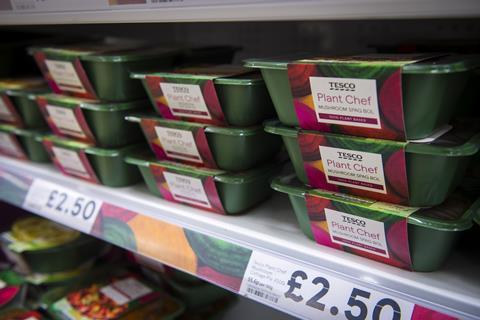
“Own label finished 2023 with over 63% volume share and 55% value share,” notes Katrina Bishop, NIQ thought leadership activation manager. This is a marked increase from the 61% and 52% in 2022. “Ninety-three per cent of people buy own label, and over a third say [they’re] as good as the branded products, just cheaper,” she adds.
This trend has raised the stakes for brands, which increasingly need to offer a point of difference. So it’s no wonder many of the big names in this ranking – including Coca-Cola, Danone and Doritos – have cited innovation as a key tactic in the past year.
But they can’t simply throw out something new. The key is to cater for changing shopper priorities, says Howard Wright, executive creative & strategic director at Equator Design. “If brand extensions reflect this, they have a good shot at success.” He points to functional nutrition and “health-orientated convenience foods, such as ready-to-eat meals that are nutritious or high in protein”.
Failed extensions
Ella’s Kitchen capitalised on this opportunity with the launch of healthy snacks for small kids last May – crucially, in the usual convenient, ambient format. Because get that wrong, and even the healthiest, most on-trend launches can fail.
See the launch of Ella’s 14-strong healthy frozen lineup in autumn 2018. It was pulled in March 2023. At the time, one senior source described the frozen aisle as a “graveyard” for baby and toddler brands.
Heinz is another example of how the best intentions can go wrong. Much of its NPD, such as the aforementioned houmous, is designed to play to health trends. The brand’s ‘Beanz Liberation’ strategy aims to recruit new shoppers by touting the nutritional benefits of the ingredient, says Heinz new ventures director Caio Fontenele. “It’s part of our long-term strategy to invest in innovation for Beanz, whether that be through health credentials or taste and recipes.”
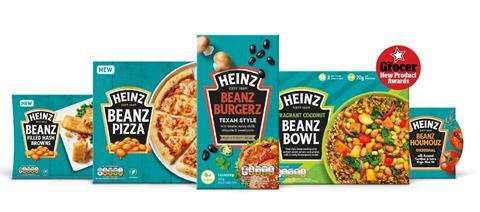
The strategy carries risks for Heinz, though. Its chilled Beanz Houmouz lasted just nine months in Ocado, its only retailer. Beanz Protein Pot, also in chillers, did only marginally better. Unveiled in early 2021, it made just £143k in its first year [NIQ 52 w/e 1 January 2022] and had lost all listings by summer 2022.
Heinz’s foray into frozen – with Nuggetz, Beanz Bowls and the like – has so far stayed the course. But pivoting to another area of the store brings challenges, warns Rupert Ashby, British Frozen Food Federation CEO. “You’re looking at a new distribution network, new store areas, new packaging. It’s a big investment.”
Like Heinz, Innocent has struggled with healthy NPD. And that’s without moving outside of its chiller heartland. Its Almond, Hazelnut and Oat milks were pulled from sale five years after their March 2018 launch, their value having plummeted 42% to £3.4m in the 52 weeks to 10 September 2022 [NIQ].
The latest eye-catching extensions
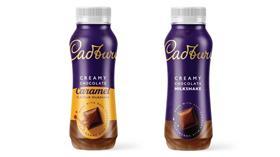
Cadbury milkshakes
Supplier: Müller
Launch date: January 2024
This launch looks like a safe bet. Müller Yogurt & Desserts expanded its Cadbury licence into bottled drinks for the first time in January. Made using British milk and Cadbury chocolate, two variants landed in Sainsbury’s ahead of a wider rollout this month to tap the sturdy flavoured milk market.
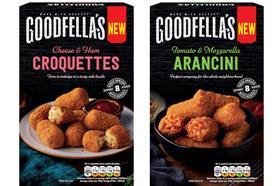
Goodfella’s sides
Supplier: Nomad Foods
Launch date: March 2024
Innovating beyond its pizza comfort zone is a pretty bold move for Goodfella’s. It’s added a quartet of frozen sides – Cheesy Pizza Bites, Mozzarella Cheese Bites, Cheese & Ham Croquettes and Mozzarella Arancini – in response to demand for fakeaway goods. The lineup’s in Asda at £2.50 per pack.

Warrendale Wagyu gin
Supplier: Warrendale Wagyu
Launch date: January 2024
Here’s a brand extension that’s pretty far out. Warrendale Wagyu has broadened into booze, with what it claims is the UK’s first bottled fat-washed gin. The 44% abv Wa-Gyn is triple-filtered gin that’s been “washed with molten wagyu fat for 48 hours”. It’s available from the brand’s webstore at £55 for 70cl.
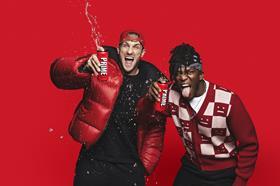
Prime shower gel
Supplier: Prime
Launch date: TBC
It remains to be seen if sports & energy sensation Prime extends into personal care – let alone if the move is a hit. But the brand has certainly hinted at moves beyond its core offer. Last year, it registered its name with the IPO under classes covering shower gel, booze, laundry, vaping equipment and protein bars.
Innocent believes this was simply down to straying too far from its core proposition. “It made sense to streamline our offering and concentrate on championing the goodness of fruit & veg,” says Innocent UK MD Sam Akinluyi.
Innocent Veg Pots – launched in 2008 and dropped in 2015 – are another such example. “They were a very different proposition from our drinks, and continuing to grow them would have taken time and energy away from making juices and smoothies,” Akinluyi says.
Crucially, these flops aren’t hidden away at Innocent. The brand is open about its failures – and went as far as announcing the alt-milk cull on X, formerly Twitter. All discontinued lines are sent to ‘Heaven’, a shrine on the top floor of Innocent’s HQ to products that “for one reason or another, haven’t stuck around”.
This is a strategic move, Akinluyi explains. “It helps explain to our customers and our internal teams why some products aren’t around anymore and gives us learnings to design better products.”
Innocent is a good example of a brand that knows when it’s strayed too far from its core. “When launches become too far removed from a brand’s heartland, you’re entering dangerous territory,” says Asli Ozen Turhan, marketing director at Pladis UK&I. “Consumers relish authenticity. If you stray too far from what you’re known for, some shoppers may perceive you to be opportunistic or stretching brand credibility too far.”
Read more:
-
Britain’s Biggest Brands 2024: The top 100
-
Britain’s Biggest Brands 2024: The challengers
-
Britain’s Biggest Brands 2024: The risers and fallers
Safer choices
Licensing can provide a safer route for brand extensions. Gareth Turner, founder of marketing consultancy Big Black Door, offers Marmite as an example.
At one time or another, the spread has found its way into crisps, popcorn, cheddar, chocolate and even beer. “The majority of its innovation comes from licensing out its flavour and recipe into other categories and getting other people to do the legwork,” says Turner.
“The other thing Marmite has done well is innovate in adjacent categories,” he adds, pointing to the 2019 launch of Marmite Peanut Butter. “I think that’s where the best brand extensions go. They’re not going from A to Z, they’re going from A to B.”
This is perhaps why Weetabix On The Go drinks, which offer “all the energy, fibre and protein of a Weetabix cereal in milk”, are still around after 10 years. And because they cater to on the go, they don’t cannibalise Weetabix’s at-home core.
Another option is to partner up with a brand that has its own loyal following. CCEP GB is a subscriber to this tactic. In the past 12 months, it has teamed up with booze giants Brown-Forman and Pernod Ricard to launch Jack Daniel’s & Coke and Absolut & Sprite premixed cocktails. “We’ve brought together a pair of iconic brands that each has a vast global footprint in its own right,” says Elaine Maher, associate director for RTDs at CCEP.
These launches are also well matched with CCEP’s established portfolio. However, extending too far beyond your core isn’t the only reason “more brand extensions fail than succeed”, suggests Chris Blythe, owner of The Brand Nursery. “Going back several years, you’d go through several stages of research to be reasonably sure a product had the best chance of succeeding. Nowadays, there are lots of shortcut, relatively cheap ways of researching, such as concept testing.”
While that testing has its merits, it shouldn’t take the place of “thorough research”, he warns. Skipping this can mean brands “are not necessarily best prepared for how consumers will respond to a product”.
If a brand overestimates the rate of sale, this only increases the risk of a swift delisting. Blythe recalls an unnamed client’s experience: “The expectation they set up with the retailer was that this product was going to sell a million lines a week. It ended up doing something between 50,000 and 100,000, which was still good. But because they set the expectations [high], the retailers withdrew it after a couple of months.”

Not only must a high-profile brand extension have realistic expectations, it must also hit the ground running. “Patience is short with the grocers,” says Blythe. “Normally, you get 13 weeks to make it work, but I once got pulled into a sales director’s office after two weeks.”
Quick uptake is necessary for brands, too, given that innovation often incurs major costs. Between inception, marketing and promotion, brands can spend up to hundreds of thousands of pounds. So, if generating headlines is the main motivation of an outré extension – as in the case of last Easter’s hot cross bun-flavoured mayo by Heinz, for example – a social media stunt is an affordable alternative, says Turner.
He oversaw the ‘Beans on Bix’ push of 2021, in which Weetabix posted a ‘serving suggestion’ involving baked beans. It was discussed on Good Morning Britain and This Morning, and even in the House of Commons.
Weetabix claimed sales of its “bix” increased 15% in Sainsbury’s alone in the week following the stunt – which cost less than £5k. “We asked ourselves: ‘what’s the worst that can happen?’ Is someone going to stop buying our product because we put a picture of beans on it? They’ll probably just scroll past it,” says Turner.
Innocent has taken a similar approach in the past, with the spoof launch of a Marmite smoothie in 2012. The stunt “generated a huge amount of PR, despite not ever being produced”, says Akinluyi.
Crucially, it didn’t cause the brand to lose its way.
Where next for Britain’s Biggest Brands?
- 1
 Currently reading
Currently readingWhere next for Britain’s Biggest Brands?
- 2
- 3
- 4
- 5



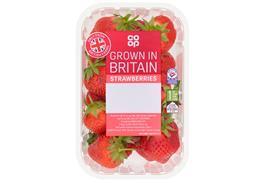



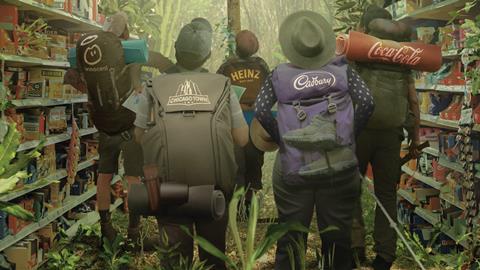
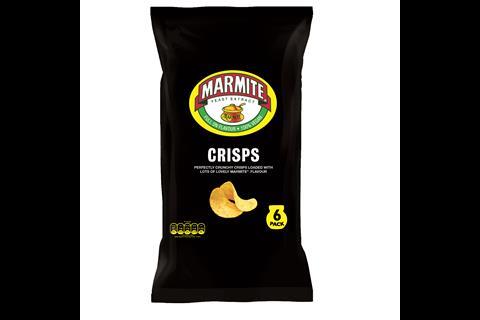
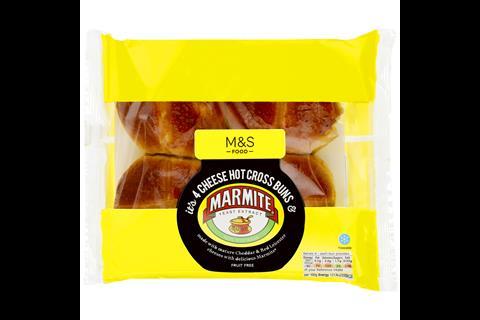

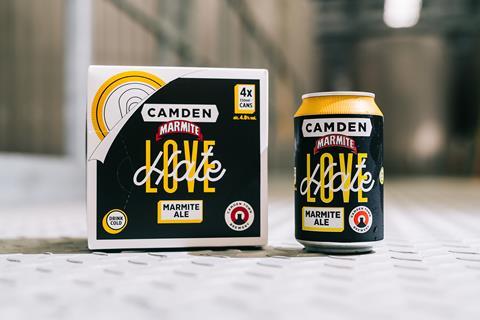
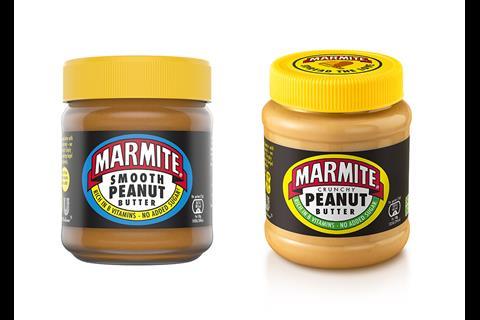
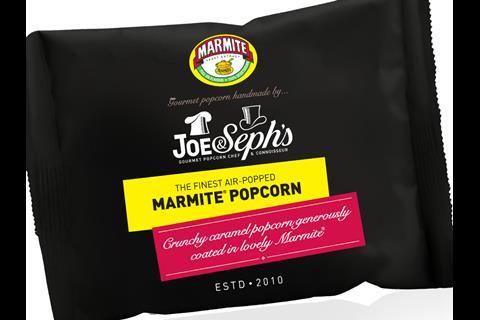
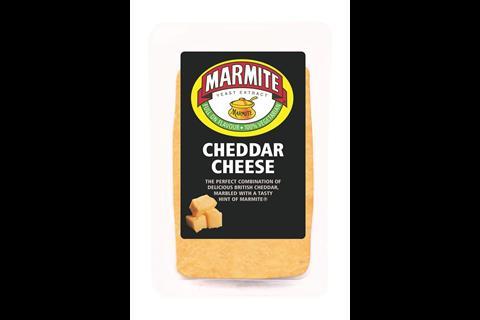
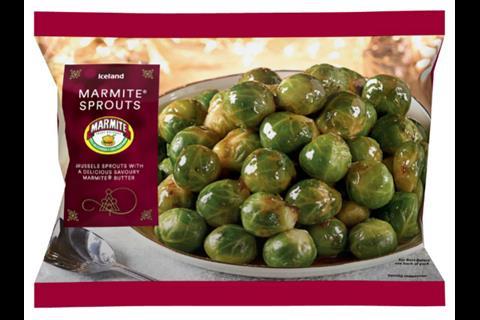
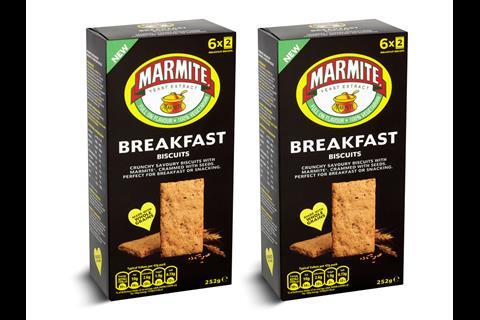




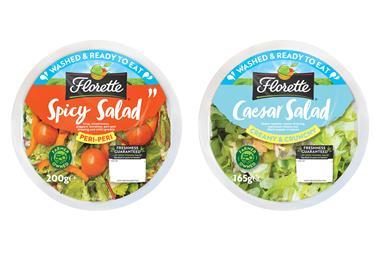
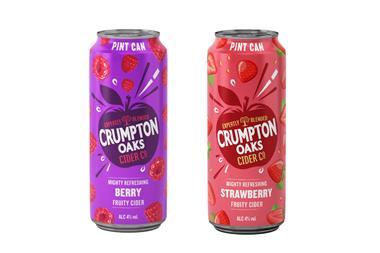
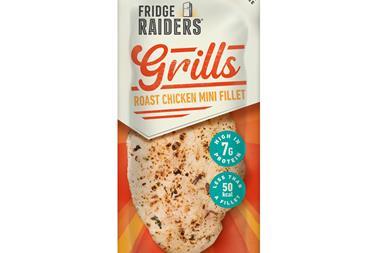
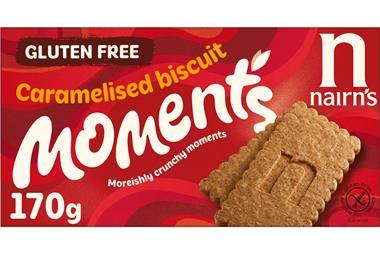
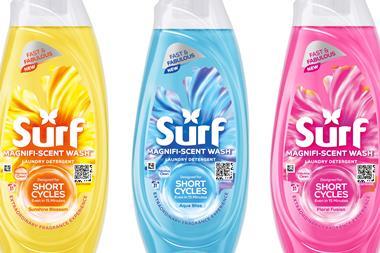
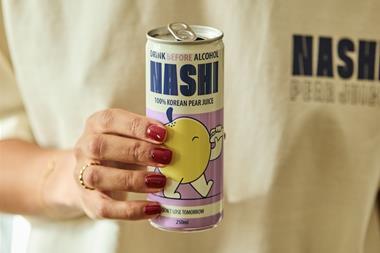




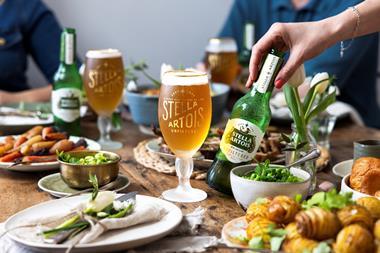

No comments yet